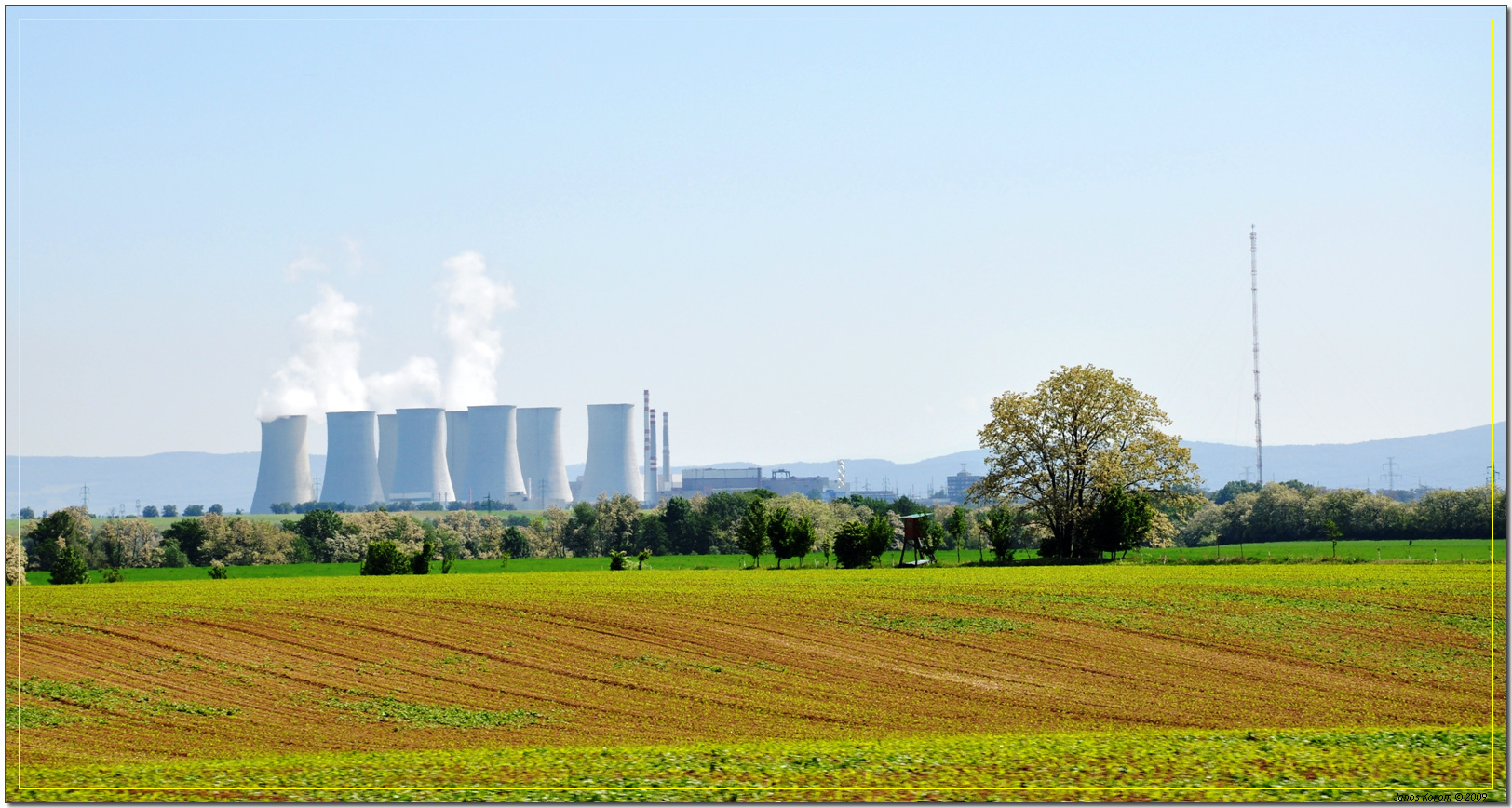Text by Henrylito D. Tacio
Photos: Wikipedia
One of the news reports that caught my attention recently was that from the Daily Tribune. The headline said: “Cusi: Phl signing nuclear power study deal.”
The opening lead read: “The Department of Energy (DoE) is set to sign a cooperation with its partner in the United States this week for the development of nuclear energy as a viable power source in the Philippines, Secretary Cusi has told Daily Tribune.”
“We are pushing for the inclusion of nuclear energy in our energy mix and we have already prepared all the frameworks. All we need now is to get the approval of the President to have it in our energy mix,” Cusi was quoted as saying.
According to the report, “the DOE submitted the results of the study conducted by the Nuclear Energy Program Inter-Agency Committee (NEP-IAC) to the Office of the President in December 2020. Following the submission, the DoE has opened the door to potential collaborative opportunities with the international nuclear energy community.”
Some years back, in another news report, Cusi described nuclear power as a “cheap and reliable” source of energy.
It must be recalled that Ambassador Zenaida Angara Collinson, the country’s permanent representative to the United Nations and other international organizations in Vienna, reported that many of the future nuclear power plants will be set up in Asia.
“They (the countries) can no longer get it from biomass, solar. The solar wind, the renewables, they are fluctuating and we cannot use them as baseload,” Collinson told Philippine Daily Inquirer.
“The country is joining more than two dozen other countries looking to add nuclear power to their energy mix, including neighbors Indonesia, Vietnam, Malaysia and Thailand,” a Reuters report said.
I have seen nuclear power plants up close twice: in the United States (while driving from Detroit going to Columbus, Ohio) and in China (while riding a bullet train from Beijing to Ningbo City).
During the time of Jericho L. Petilla as energy secretary, he was also contemplating nuclear energy as an option for the country as a power source. “We’re looking at it on a long-term basis,” he said. “We’re counting on (nuclear as an option). At the same time, we have to look at the technical side, and then recommend later on if studies show that it’s good for the country.”

According to Petilla, the social dimension — or the possible non-acceptance of nuclear energy by the public — was the limiting factor why the government is excluding it from its energy mix.
It must be recalled that Westinghouse Electric built the Bataan Nuclear Power Plant (BNPP) in the Philippines during the time of Ferdinand Marcos at a cost of US$2.2 billion. Starting in 1976, it was finished in 1984.
“The facility never started generating electricity after it was declared unsafe because it sits on a major earthquake fault line and lies near the Pinatubo volcano, which was dormant at that time,” Reuters wrote.
“Pinatubo’s 1991 eruption had no effect on the Bataan plant, 70 kilometers away, but the project was mothballed in the wake of the Chernobyl disaster in 1986,” Reuters added.
During the administration of Gloria Macapagal-Arroyo, proponents wanted the BNPP rehabilitated. But the 2011 Fukushima nuclear incident in Japan renewed concerns about safety.
Nuclear power is the use of sustained nuclear fission to generate heat and electricity. But there is an ongoing debate about the use of nuclear energy. Proponents, such as the World Nuclear Association, the IAEA, and Environmentalists for Nuclear Energy, contend that nuclear power is a sustainable energy source that reduces carbon emissions.
But environmentalists and militant groups see it differently. The Economist said nuclear power “looks dangerous, unpopular, expensive and risky,” and that “it is replaceable with relative ease and could be forgotten with no huge structural shifts in the way the world works.”
“Nuclear power is beset by problems that go well beyond its propensity for occasional accidents,” noted Christopher Flavin of the Washington-based Worldwatch Institute. “Technologically, economically, and politically, nuclear power faces a series of obstacles that will prevent it from coming close to displacing fossil fuels to significantly delay global warming.”
Flavin, who wrote the 1987 Worldwatch paper entitled Reassessing Nuclear Power: The Fallout from Chernobyl, cited an analysis done by the Rocky Mountain Institute in Colorado. It has developed a nuclear scenario that reduces global warming by 20 to 30 percent by the middle of the 21st century through the substitution of nuclear plants for all coal-fired plants.
“Analysis at the Rocky Mountain Institute found that this would require the completion of one nuclear power plant every one to three days during the next 40 years,” Flavin wrote. “Many countries would be almost blanketed by nuclear plants, and the cost would run to as much as $9 trillion.”
A nuclear power program of this scale, Flavin said, would require not just a reversal of a worldwide trend but a program of nuclear construction that is ten times as large as any the world has seen. “Such an effect is unthinkable, both economically and politically,” he said. “Indeed, a democratic government that tried it would most likely soon be voted out of office.”
On the brighter side, nuclear power has caused far fewer accidental deaths per unit of energy generated than other major forms of power generation. In comparison, energy production from coal, natural gas, and hydropower have caused far more deaths due to accidents.

